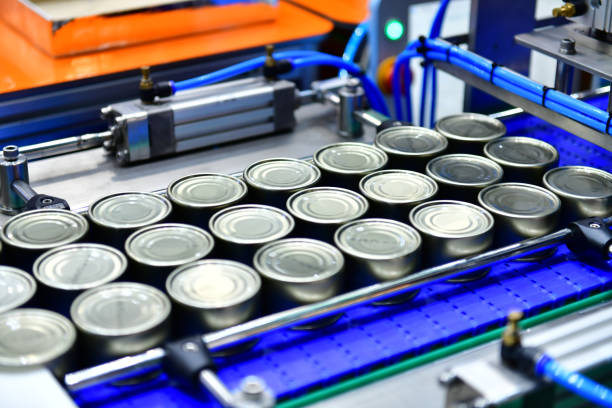Food safety is a paramount concern for everyone involved in the food industry, from producers to consumers. Ensuring that food products are free from contaminants and safe for consumption is not just a regulatory requirement but also a moral obligation. Traditional methods of food inspection, while effective, have certain limitations that can be overcome with advanced technology. One such groundbreaking technology is X-Ray food inspection.
Understanding X-Ray Food Inspection
How X-Ray Technology Works in Food Inspection
X-Ray food inspection uses electromagnetic waves to see through food products. These X-Rays pass through the items being inspected and create an image based on the density of the materials. Contaminants like metal, glass, stones, and even some types of plastics, which may be undetectable by traditional methods, are easily identified due to their higher density compared to the food itself.
Benefits Over Traditional Methods
- Enhanced Detection Capabilities: Unlike metal detectors, X-Ray systems can identify a wide range of contaminants, including non-metallic objects.
- Non-Invasive Process: The technology is non-destructive, meaning it doesn’t alter or damage the food products during inspection.
- Accuracy and Speed: X-Ray inspection offers high accuracy and can process quantities of food products quickly, making it ideal for high-volume operations large.
- Versatility: Suitable for various forms of food, whether packaged, unpackaged, bulk, or individual items.
Current Applications
X-Ray technology is already being employed in various sectors of the food industry:
- Dairy Industry: For detecting contaminants in cheese and milk powder.
- Meat Processing: Ensuring meat products are free from bones and foreign objects.
- Bakery: Identifying contaminants in bread, pastries, and other baked goods.
- Seafood: Checking fish and shellfish for bones and other hazardous materials.
The Impact on Food Safety
Improved Food Safety
X-Ray food inspection significantly enhances food safety by providing a higher level of detection accuracy. This helps in identifying and removing contaminants that could pose serious health risks to consumers.
Adoption and Challenges
Current Level of Adoption
Despite its numerous advantages, the adoption of X-Ray food inspection technology varies across the industry. Larger companies with more resources are quicker to implement these systems, while smaller businesses may face challenges.
Common Challenges
- High Initial Costs: The upfront investment for X-Ray inspection systems can be substantial, making it a barrier for smaller companies.
- Training Requirements: Effective use of X-Ray technology requires specialized training for staff, which can be time-consuming and expensive.
- Maintenance and Calibration: Regular maintenance and calibration are essential to ensure accuracy, adding to the operational costs.
The Future of Food Safety
Technological Evolution
As technology advances, X-Ray inspection systems are likely to become more affordable and user-friendly. Innovations such as AI integration could further enhance detection capabilities, making the systems smarter and more efficient.
Role of Technology
The future of food safety will undoubtedly be shaped by technological advancements. As X-Ray inspection technology evolves, it will play a crucial role in preventing foodborne illnesses, ensuring regulatory compliance, and maintaining consumer trust.
Conclusion
X-Ray food inspection is revolutionizing the food industry by providing an unparalleled level of accuracy and efficiency in detecting contaminants. While there are challenges to its widespread adoption, the benefits far outweigh the drawbacks. As this technology continues to evolve, it will play an increasingly vital role in ensuring the safety of our food supply.

